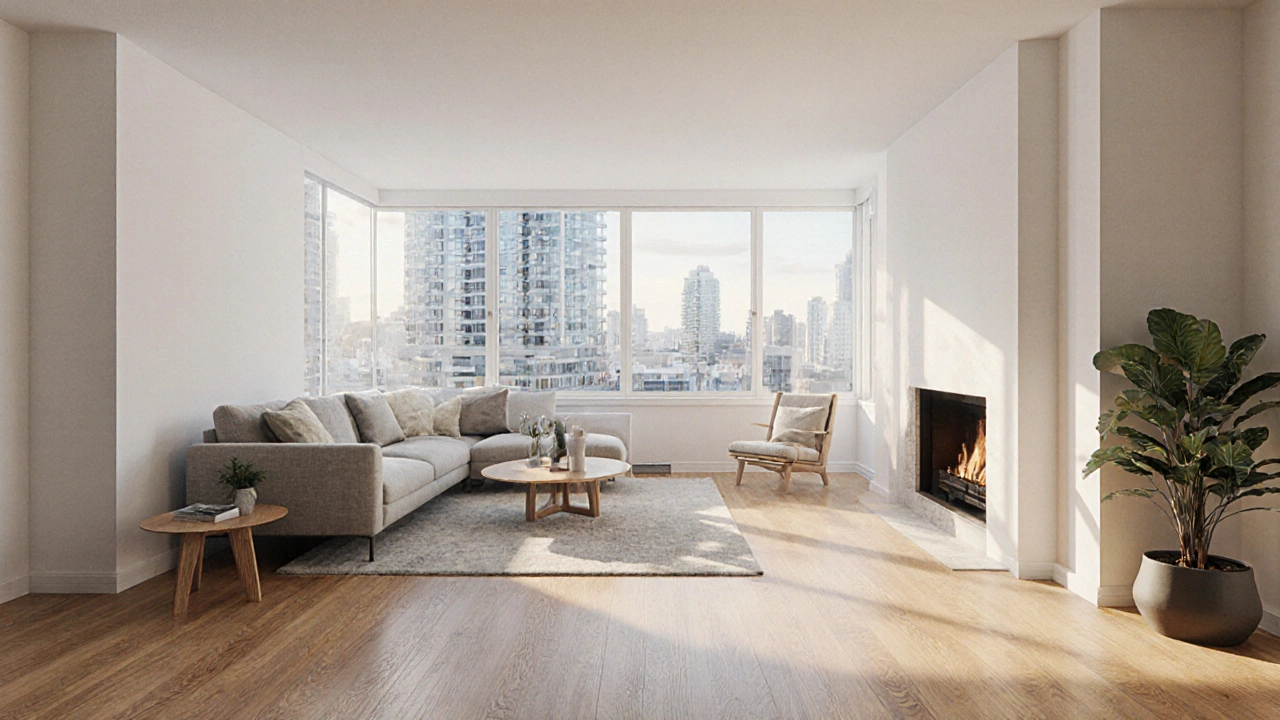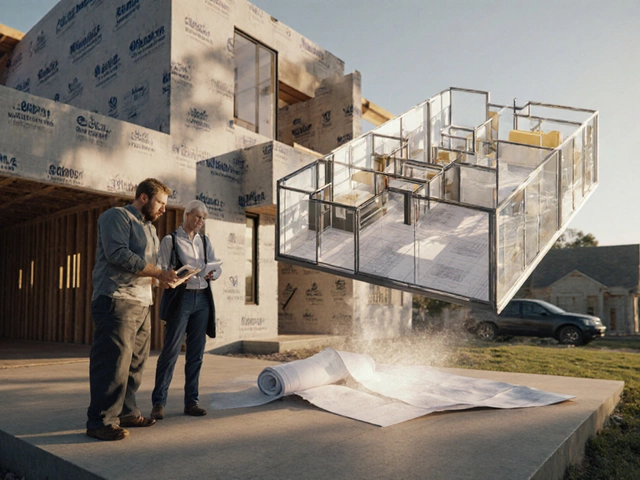Hardwood Flooring: Types, Care, and What Really Matters
When you walk into a home with hardwood flooring, a durable, natural wood surface installed directly on the subfloor, often made from species like oak, maple, or walnut. Also known as solid wood flooring, it’s one of the few home features that gets better with age—if you treat it right. Unlike laminate or vinyl, real hardwood doesn’t just look expensive—it is expensive, and that’s why knowing how to care for it matters. A well-maintained floor can outlast your furniture, your appliances, even your walls.
Not all hardwood is the same. solid hardwood, thick planks cut from a single piece of wood, ideal for homes where you plan to refinish multiple times over decades is the gold standard. Then there’s engineered hardwood, layers of wood glued together with a top layer of real timber, more stable in humid or dry climates. If you’re in a home with a basement or over concrete, engineered is often the smarter pick. Solid hardwood? Better for upstairs rooms where moisture won’t creep up from below. Both need protection from water, scratches, and heavy foot traffic—especially in kitchens and hallways.
One thing you’ll notice in the posts below: people are always asking how to fix scratches, when to refinish, or why their floor is squeaking. Those aren’t just annoyances—they’re signs of deeper issues. A scratch you ignore today could turn into a warped board next year. A squeak might mean the subfloor is settling, not just the nails loosening. And if you’ve ever tried cleaning hardwood with vinegar or steam? You’ve probably made things worse. The right cleaner, the right pad under furniture, the right humidity level—these aren’t luxury tips. They’re survival rules.
Hardwood flooring doesn’t need constant attention, but it does need smart attention. You don’t need to be a carpenter to keep it looking great. You just need to know what to watch for, what to avoid, and when to call in a pro. The posts here cover real fixes from real homes: how to repair a gouge without replacing the whole board, why your floor changed color after sunlight exposure, how often refinishing actually makes sense, and what kind of finish lasts the longest without peeling or yellowing. No fluff. No hype. Just what works.
What Type of Flooring Adds the Most Value to a Home?
Hardwood flooring adds the most value to a home, boosting resale price by 5-10%. Engineered wood is a smart alternative, while LVP works well in wet areas. Avoid carpet and outdated laminate to maximize appeal.
full article




